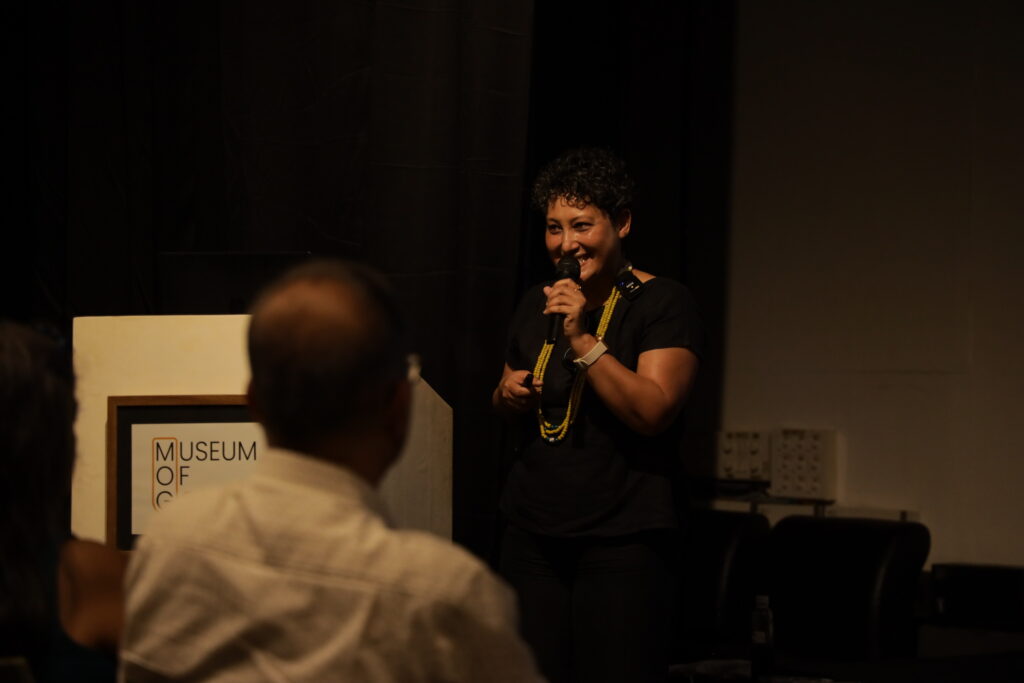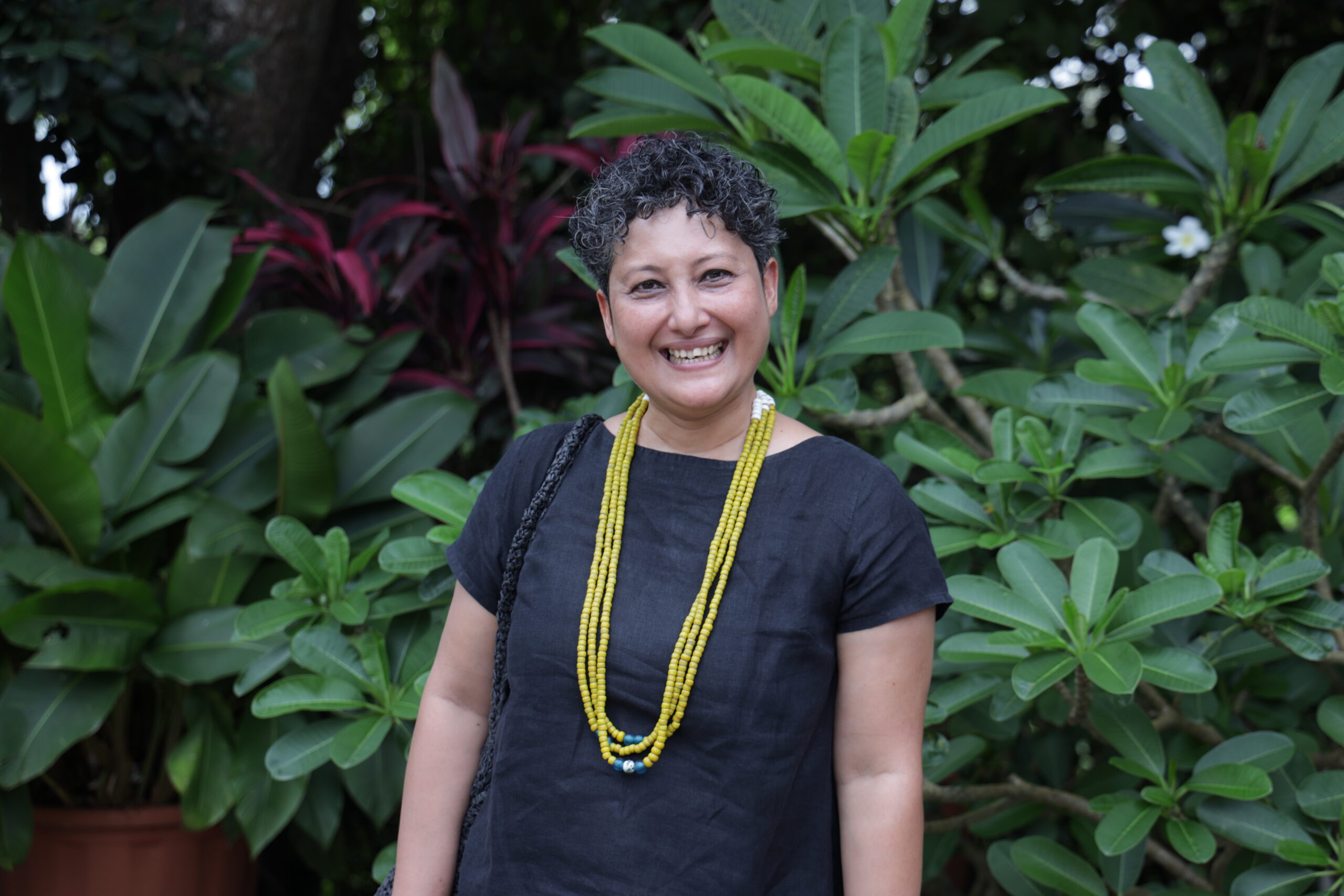
~ If we claim khaar as our fifth taste, it adds to the beauty of India, to the soft power of India, says Pisharoty.
~ Popular in Northeast India, khaar is an alkaline flavouring made from the ash of banana peel, stem or bark.
Khaar, an alkaline flavouring made from plant matter, is now being touted as India’s answer to the near-elusive savoury flavour, umami, according to journalist and author Sangeeta Barooah Pisharoty, who was speaking at the MOG Sunday lecture themed ‘India’s Fifth Taste: From the Kitchens of the Northeast’.
Pisharoty, in her talk at the Pilerne-based Museum of Goa, traced the story of khaar, an alkaline flavouring made from the ash of banana peel, stem, or bark, that has shaped Assamese identity for centuries and explained how the country’s own “fifth taste,” challenged the standard framework of sweet, sour, salty and bitter.
“Worldwide, we are told there are four basic tastes, sweet, sour, salty and bitter,” Pisharoty said. “Japan has gifted the world, umami, as the fifth taste. But India too has its own story to tell. Khaar, from the kitchens of the Northeast, needs to be recognised as India’s fifth taste.”
Explaining the contrast between umami and khaar, Pisharoty noted: “The basic difference here between umami and khaar is that umami is acidic while khaar is alkaline. In Indian thalis, balance is not only about sweet, sour, bitter, or salty, it is also about whether a dish is acidic or alkaline.”
Pisharoty described the traditional process of making khaar, which involves drying banana peels until they crack, burning them to ash, and then extracting a liquid from the ash that is used in cooking. Some communities also prepare it from banana stems, raw papaya peel or other kinds of plant matter. “Everything is approximate; there is no fixed measurement,” she said. “This is not fine-dining documentation; it is a lived tradition.”
For Assamese households, khaar is more than just food; it is identity. “We call ourselves Khar Khua Axomiya, which means alkaline-eating Assamese,” Pisharoty explained. “It is as much a cultural marker as fish is to Bengalis. If someone says they are Assamese but doesn’t eat khaar, it raises questions.”
The MOG Sunday talk highlighted how food traditions of the Northeast have long been dismissed as “bland” or “uncultured” because they fall outside the four recognised tastes. “This is the hegemony of food,” she remarked. “If food falls into those four categories, it is considered cultured and polished. But khaar challenges that narrow framework.”
Beyond taste, Pisharoty emphasised the ecological and sustainable dimensions of the practice. “Communities here live through slow living. They take what they need from nature and let it be. Khaar reflects this balance; it is simple, local, and sustainable.”
She also underscored its potential as a soft-power tool for India, much like Assam tea or the one-horned rhino. “If we claim khaar as our fifth taste, it adds to the beauty of India, to the soft power of India,” she said. “It is time to widen the food atlas of the country to include what the Northeast has always known.”


